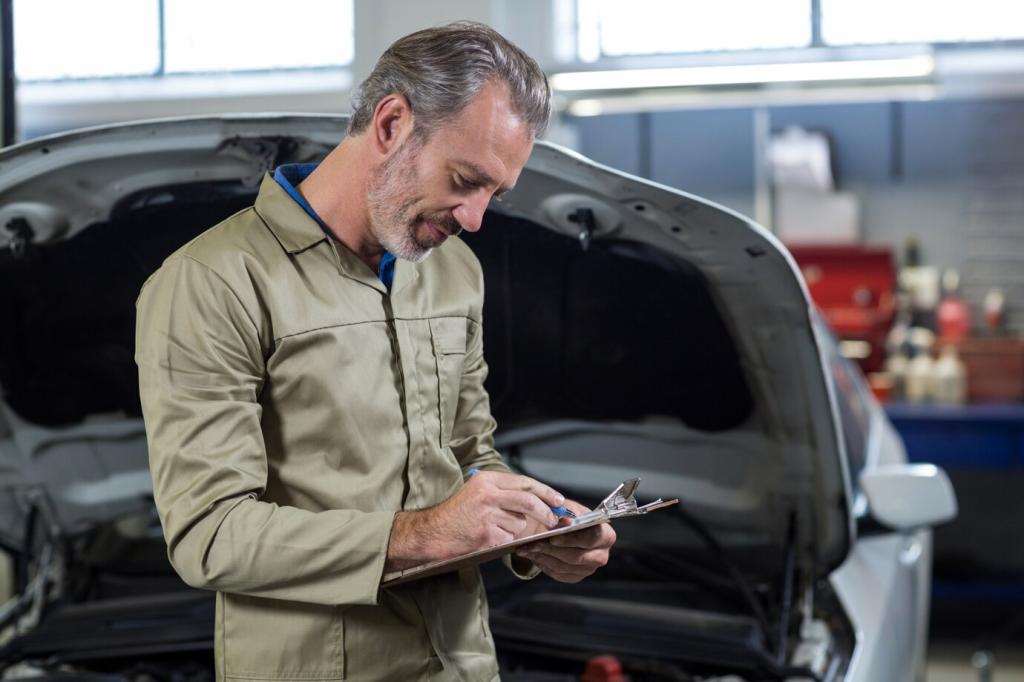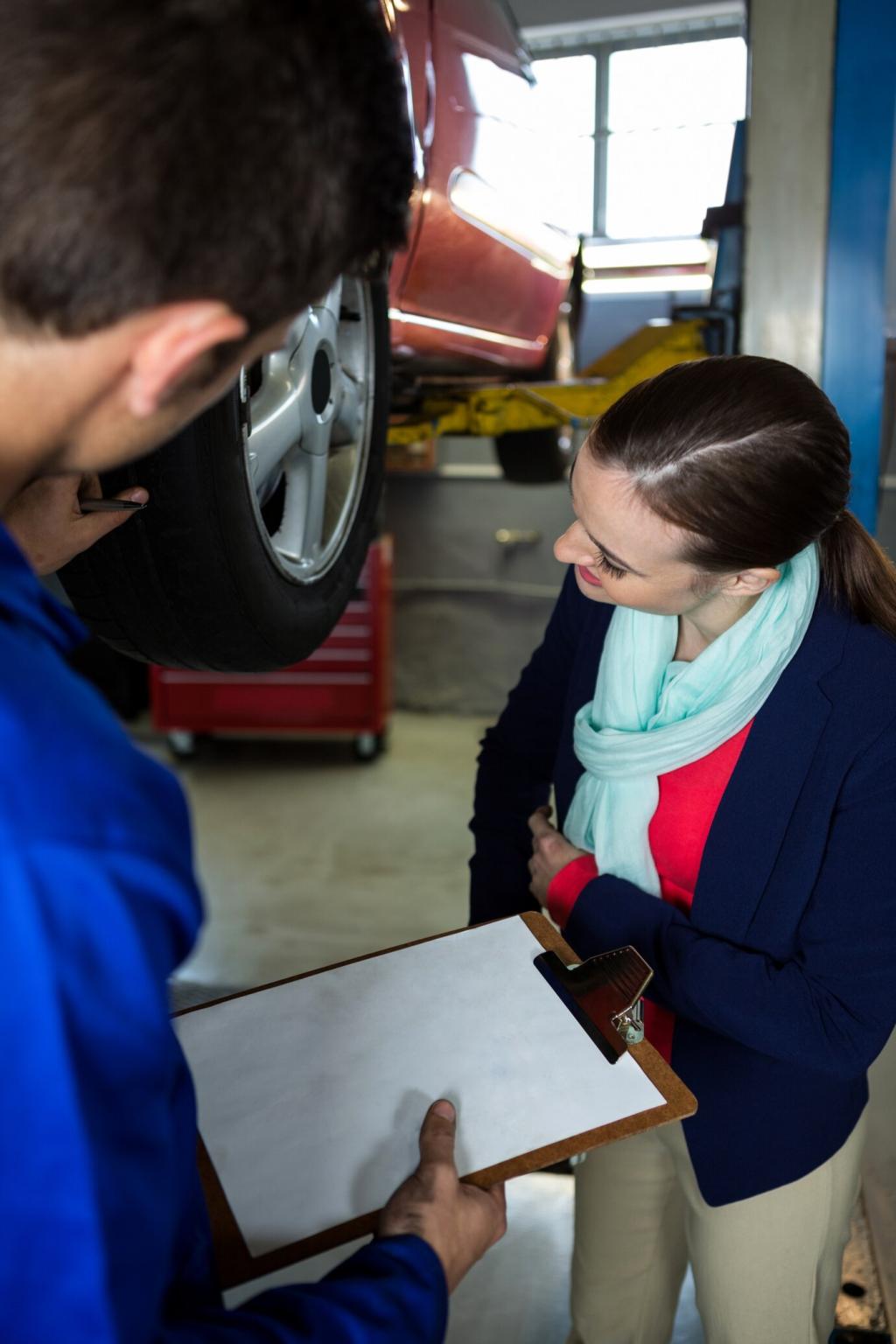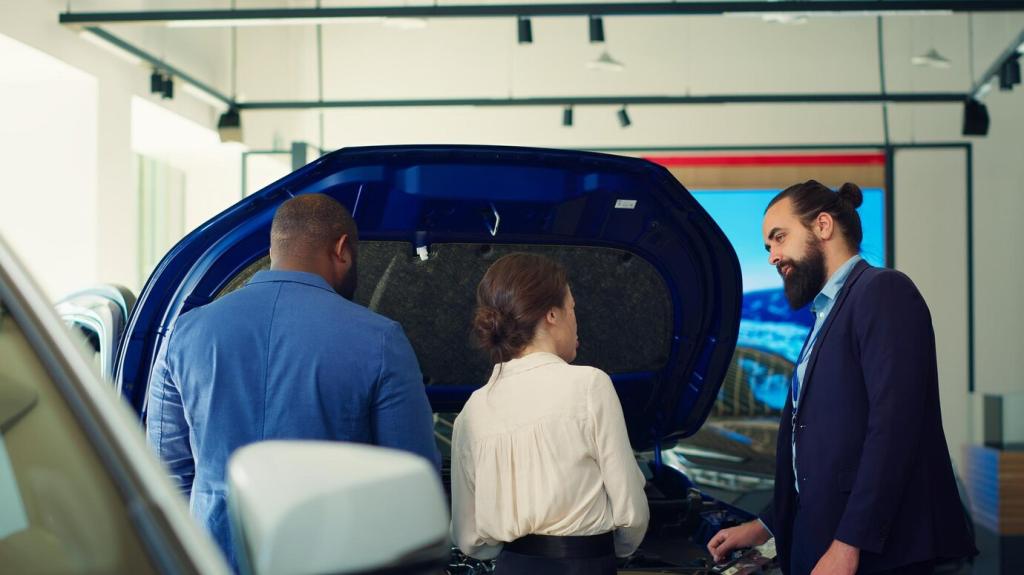DIY Tire Rotation and Alignment Guide: Drive Straighter, Safer, and Smarter
Why Tire Rotation and Alignment Matter
Even Wear, Longer Life
Rotating tires evens out front and rear workload, preventing shoulder scrub on driven wheels and extending usable tread depth. Consistent rotation every 5,000–7,500 miles helps keep handling consistent and reduces surprise replacements.
Better Fuel Economy and Safety
Proper alignment reduces rolling resistance and improves straight-line tracking. Less tire drag means smoother cruising, steadier braking, and more predictable emergency maneuvers when you need quick confidence in crosswinds or wet roads.
A Real-World Wake-Up Call
I once chased a mysterious highway wobble after a cross-country trip. A quick toe adjustment and timely rotation transformed the car from jittery to composed, reminding me how small tweaks deliver big peace of mind.
Tools and Safety Essentials
Use a quality floor jack, jack stands, torque wrench, breaker bar, wheel chocks, and a tire pressure gauge. A paint pen or chalk helps mark positions, while a digital angle finder assists with basic camber checks.
Tools and Safety Essentials
Consult your owner’s manual for jacking points and support locations. Chock wheels on the ground, lift slowly, and always lower the vehicle gently onto stands before removing wheels or crawling underneath any part of the car.


Choosing the Right Rotation Pattern
For FWD, a forward cross works well: rears move to front on opposite sides, fronts go straight back. For RWD or AWD, use a rearward cross. The X-pattern is a simple alternative for non-directional, same-size setups.

Preparation and Wheel Removal
Loosen lugs slightly on the ground, then lift and secure with stands. Remove wheels, inspect brake components, and note any uneven tread blocks, cupping, or nails. Keep lug nuts organized to avoid mixing hardware across corners.
Swap Positions and Reinstall
Follow your chosen pattern, moving each tire deliberately. Clean hub faces, align wheel holes, and hand-start lugs to prevent cross-threading. Lower slightly to preload, then torque in a star pattern to factory specifications.
Final Checks and TPMS Considerations
Set tire pressures to the door-jamb placard, not sidewall maximums. Some vehicles auto-learn TPMS positions; others need a relearn procedure. Make a post-rotation note about noise, feel, and steering wheel position.
Camber, Caster, and Toe Explained
Camber is inward or outward tilt; caster is the steering axis angle for stability; toe is the inward or outward pointing of tires. Small deviations affect tire wear, on-center feel, and cornering confidence dramatically.
Driveway Alignment Techniques
Use the string method for toe by aligning parallel lines along the car’s centerline. A digital level or camber gauge approximates camber on a flat surface. Record baseline readings before changes to understand cause and effect.
When to Seek a Professional
If your steering wheel stays off-center, you notice rapid edge wear, or adjustments exceed factory ranges, schedule a professional alignment. Share your observations and mileage logs to help the technician dial in precision.
Reading Tire Wear Like a Detective
Feathering often points to toe issues, cupping can indicate worn shocks, and inside edge wear suggests excessive negative camber. Photograph patterns and compare across corners to pinpoint the most likely root causes.

Listen for new noises and feel for vibrations on a smooth, familiar route. Confirm the steering wheel centers naturally. Subtle changes can signal an overlooked torque step or a tire that wants balancing attention.

